Premium starts
at ₹2094*9000+ Cashless
GaragesˇOvernight Vehicle
Repairs-Comprehensive Car Insurance?
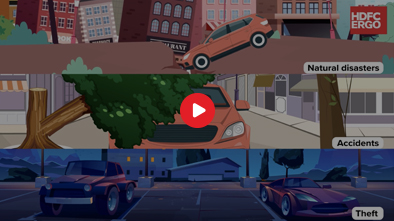
A comprehensive car insurance is a type of motor insurance policy that offers all-round protection for your vehicle. It not only covers third party liabilities as mandated by law but also safeguards your own car against damages caused by accidents, theft, fire, floods, and other natural or man-made events. With such wide-ranging coverage, you can enjoy peace of mind every time you hit the road.
Additionally, comprehensive car insurance includes a personal accident cover of up to ₹15 lakhs~*, offering financial support in case of accidental injury or death of the owner-driver. With HDFC ERGO, you can tailor your policy to suit your needs by selecting useful add-ons like Zero Depreciation, EMI Protector Plus, Return to Invoice, etc.
How Does Comprehensive Car Insurance Work?
A comprehensive car insurance policy covers both third-party damages and own damages to the vehicle. In the case of damages to your vehicle due to any insured peril under comprehensive insurance for the car, the insurer will bear the repair cost. In the case of a theft, the insurer pays a lump sum benefit covering the financial loss you suffer. You can even make a cashless claim under comprehensive insurance if you get your car repaired at a networked garage.
Example: The insurer will bear the repair cost if Mr A's vehicle gets damaged due to a flood.On the other hand, if any third-party is physically injured or killed or any third-party property is damaged by the insured vehicle, the policyholder can claim expenses for these damages under a comprehensive car insurance policy. The insurer
would handle the compensation payable to the third party for the financial loss that you have caused under a comprehensive car insurance policy.
Comprehensive Car Insurance Policy Inclusions & Exclusions
The following pointers explain the several inclusions under the coverage of the HDFC ERGO comprehensive car insurance policy;
Accidents
Been in a car accident? Keep calm, we cover damages your car sustains in an accident.
Fire & Explosion
We won't let a fire or an explosion burn your finances to ashes, be rest assured your car is covered.
Theft
Your car getting stolen could be your worst nightmare come true, but we ensure your peace of mind is not disrupted.
Calamities
Calamities can wreak havoc and your car is not immune to them, but your finances are!
Personal Accident
Your safety is our priority, in case of injuries due to a car accident we cover your treatment charges.
Third Party Liability
We cover damages to a third party property or injuries sustained by a third party person through our third party insurance feature.
Benefits of Buying Comprehensive Car Insurance Policy
There are plenty of benefits of buying comprehensive car insurance for your four-wheeler in India. Here are some of the key perks;
Extensive coverage
Liability protection
Cashless network for easy repairs
Easy customisation
No Claim Bonus
Compulsory Personal Accident Cover
24x7 customer assistance
Hassle-free digital claims
Affordability
Key Features of Comprehensive Car Insurance
Here are some key features and benefits of a comprehensive car insurance policy
Wider scope of coverage
Option of add-ons
No claim bonus
The facility of cashless repairs
Supplement Your Comprehensive Car Insurance with a Choice of Add-ons’

Every year the value of a car depreciates but with zero depreciation cover, there are no depreciation cuts even when you make a claim, and you get the entire amount in your hands.
Made a claim, worried about your NCB discount? Don’t worry, this add on cover not only protects your No Claim Bonus earned so far, but also takes it to the next NCB slab earning you a significant discount on your premium.
We are here to offer you round-the-clock assistance to deal with any technical or mechanical breakdown issues of your car.

Cost of Consumables
By opting this add-on along with comprehensive car insurance policy you can get coverage for consumables items like grease, lubricants, engine oil, oil filter, brake oil, etc.
This add-on cover can be fruitful if your car's tyre or tube gets damaged due to an accident. Tyre secure cover provides coverage for replacement expenses of tyres and tubes of the insured vehicle.

Love your car dearly? Give your car this add on cover and recover your invoice value back in case of theft or total damage to your car.
The engine is the heart of your car and it is crucial to ensure it is protected. This cover shields you from the financial losses incurred due to damage to your car engine.
Car in the garage? This cover will help bear the expenses you would spend on cabs for your daily commute while your car is getting repaired.

Loss of Personal Belonging
Customising your comprehensive insurance policy with this add-on cover you can get coverage for loss of your personal belonging such as laptop, vehicle documents, cellphones, etc.
Pay as you drive add-on cover will entitle you to get the benefits on the own-damage premium at the end of the policy year. You can claim benefits up to 25% of the basic own-damage premium at the end of the policy period if you drive less than 10,000km.
Does Comprehensive Insurance Cover Personal Accident
The comprehensive insurance does not cover personal accident cover. A personal accident cover is a facility for the owner-driver. It is a compulsory extension to be taken by the owner of the vehicle under car insurance policy. The compulsory personal accident policy under motor insurance is issued in the name of the owner of the vehicle. If you don't have a personal accident cover, you can opt for same while buying comprehensive car insurance policy.
Comprehensive Car Insurance Vs. Third Party Car Insurance
Given a choice between an umbrella, gum boots and a raincoat versus a flimsy jacket on a rainy day, what would you choose? You wouldn’t even blink before answering that the former is a far more sensible and safe alternative. The question of choosing between a comprehensive insurance or a third party cover for your car is fairly similar. Opting for protection against third party liabilities only can leave you vulnerable to a number of risks causing financial losses versus a 360 degree protection for your car with comprehensive car insurance. Still pondering? We help you weigh the pros and cons of both:
CHOOSE THIS | ||
|---|---|---|
| Comprehensive Cover | Third Party Liability Only Cover | |
| Damage due to natural calamities – Earthquake, cyclone, floods etc. | Included | Excluded |
| Damage due to events like – Fire, theft, Vandalism etc. | Included | Excluded |
| Personal Accident Cover of Rs. 15 Lakhs | Included | Included |
| Choice of add-ons – Zero Depreciation, NCB Protect etc. | Included | Excluded |
| Damage to third party vehicle/ property | Included | Included |
| Injury to a third party person | Included | Included |
| No hefty fines levied if valid policy in place | Included | Included |
| Customization of car value | Included | Excluded |

Even though comprehensive insurance costs more, it offers the best insurance coverage for your four-wheeler.
How to Calculate Comprehensive Car Insurance Premium?
While buying a comprehensive car insurance policy, it is necessary to know how its premium is calculated. Here’s a step-by-step guide for calculating your car insurance premium
- Step 1: Visit the HDFC ERGO website and click on car insurance. On the top of the page, you can enter the vehicle registration number and proceed by clicking on get a quote.
- Step 2: After clicking on get a quote, you will have to enter your car’s make and model.
- Step 3: Choose a comprehensive car insurance policy.
- Step 4: Give details about your last insurance policy- Date of Expiry, No Claim Bonus Earned and Claims Made. Enter your mobile number and email ID.
- Step 5: You can now view your comprehensive car insurance premium. If you have chosen a comprehensive insurance policy, you can customise your plan further by selecting add-ons like zero depreciation, emergency assistance, return to invoice and more.
Calculating comprehensive car insurance premium at the HDFC ERGO website is smooth and easy. You can also use our car insurance premium calculator for your convenience.
Why Should You Buy HDFC ERGO's Comprehensive Car Insurance
Buying comprehensive car insurance is highly recommended due to its extensive range of coverage and additional perks. Here are some key reasons why car owners should consider purchasing comprehensive insurance for their cars;






Give us a call to understand “what is comprehensive car insurance” and “how it can protect your car against unforeseen damages”. Learn the comprehensive car insurance meaning and get instant quotes on plans!
Factors that Affect Comprehensive Car Insurance Premium
The premium for a comprehensive insurance policy is higher than a third-party car insurance plan. The higher premium is justified, given the policy's enhanced scope of coverage. Besides, there are multiple other factors affecting the car insurance premium. The following section highlights some of the key aspects that can influence the premium payable for a comprehensive car insurance policy;
Make, model, and a variant of the car
Registration date and location
Registration location depicts the city wherein the car would be used. In metro cities, the chances of accidents and the cost of subsequent repairs are higher. As such, cars registered in metro cities tend to have higher premiums.
The Insured Declared Value (IDV)
The add-ons selected
Available NCB
Driving record and claim history
Other premium discounts
Who Should Buy Comprehensive Car Insurance?
New Car Owners
Avid Travellers
People Staying in Metropolitan Cities
People Staying in High-Risk Areas
Expensive Car Owners
How to Buy Comprehensive Car Insurance Online
Why Buy Comprehensive Insurance Online?
Ease and convenience
Informed choice
Cost effective
Points To Consider While Raising A Comprehensive Car Insurance Claim
Making a comprehensive insurance claim is relatively easy. Just inform the insurance company and follow the process, and your claim will be quickly settled. However, here are some points that you should consider when raising the claim -
• Always inform the insurer immediately after the claim. This allows the company to register the claim and give you a claim reference number. The number is essential in future claim-related communications.
• In the
case of a third -party claim or a theft, a police FIR is mandatory.
• The policy does not cover some instances. Ensure that you don't claim for the policy exclusions to avoid rejections.
• If you don't get your car
repaired at a cashless garage, you will have to pay for the repair costs. You can, then, get a reimbursement for the costs by submitting the claim with the insurance company.
• You will have to bear the deductible cost in every
claim you make.
How to Claim Comprehensive Car Insurance
Filing a claim just got easier with our 4 step process and a claims settlement record that will ease your claim related worries!
- Upload DocumentsGet in touch with our claim team by calling on our helpline number or sending a message on WhatsApp on 8169500500. With the link provided by our agent, you can upload documents online.
- Self Survey/ Digital SurveyorYou can opt for self inspection or an app enabled digital inspection by a surveyor or workshop partner.
- Claim TrackerTrack of your claim status through the claim tracker.
- Claim ApprovedWhen your claim is approved you will get the notification through the message and it will be settled through network garage.
What is NCB in Comprehensive Car Insurance Policy?
NCB stands for No Claim Bonus. You earn this bonus in a comprehensive car insurance policy if you don't claim in a policy year. With NCB, the insured person gets a discount on their comprehensive car insurance premium when they renew their insurance in the following policy year. The rate of the NCB also increases after each successive claim-free year. In the first year, the policyholder gains a 20% NCB discount if they haven 't made any claims for the first policy year.
Consequently, the policyholder keeps gaining an additional 5% to 10% NCB with each consecutive claim-free year. However, once you make a claim, the accumulated NCB becomes zero. After that, you start earning NCB starting from the next policy year. To learn more about No Claim Bonus (NCB) in car insurance, such as its benefits, how it is calculated, how it can be terminated, etc., click here.
The NCB allows you a premium discount on renewals. The rate of the NCB is as follows:
| Number of claim -free years | Allowed NCB |
| After the first claim -free year | 20% |
| After two successive claim -free years | 25% |
| After three successive claim -free years | 35% |
| After four successive claim -free years | 45% |
| After five successive claim -free years | 50% |
What is IDV in Comprehensive Car Insurance Policy?
Insured Declared Value (IDV) in comprehensive car insurance is the maximum amount the policyholder will receive from the insurer if the vehicle is damaged beyond repair or stolen. IDV is the approximate market value of the car and it changes every year due to depreciation. For example, suppose the IDV of your car is Rs. 10 lakh when you buy the policy and when it gets stolen, your insurer will disburse the amount of Rs 10 lakh. The IDV is declared by the policyholder while insuring it. It directly impacts the comprehensive car insurance premium. The higher the IDV, the higher the premium.
The IDV is calculated as follows - IDV = (The price of the car as determined by the manufacturer - Depreciation based on the car's age) + (Cost of accessories added to the car - depreciation based on the age of such accessories). Read more about Insured Declared Value (IDV), such as how important it is, what factors affect it, how it influences car insurance premiums, etc., on this page.
The rate of depreciation has been pre-determined. It is as follows –
| Age of the car | Depreciation rate |
| Up to 6 months | 5% |
| More than six months but less than a year | 15% |
| More than a year but less than two years | 20% |
| More than two years but less than three years | 30% |
| More than three years but less than four years | 40% |
| More than four years but less than five years | 50% |

cashless Garagesˇ Across India
Car Insurance for Popular Brands
Car Insurance for Popular Indian Models
Read the Latest Comprehensive Car Insurance Blogs
Frequently Asked Questions on Comprehensive Car Insurance
Insurance premiums for modified cars are higher compared to regular car insurance. It is because modifications can increase the risk of theft or efficiency of your vehicle. For instance, if you fit your vehicle with a turbo engine, while your car's speed would go up, it would also mean a higher risk of getting into an accident. Your insurance provider considers all these probabilities, and your premium amount increases as you modify your vehicle. On the other hand, if you install parking sensors in your car, the premium would decrease as the risk of you smashing your vehicle while reversing reduces.
According to Motor Vehicles Act, 1988, you must transfer the existing insurance policy to the car's new owner as the seller within 14 days of the sale. An important part of an exchange or buying-selling of cars is the exchange or transfer of insurance policy from the previous to the next owner. You purchase insurance to secure your car financially from unforeseen risks. There is no point in keeping a car insurance policy if you don't have a car. Hence you must ensure you transfer the insurance policy in the new car owner's name. If you purchase a car from someone else, ensure the policy is transferred to your name.
It is not mandatory to purchase comprehensive car insurance. As per Motor Vehicles Act of 1988, it is compulsory to buy third party cover. However, with comprehensive insurance you get coverage for own damage and third party liabilities, whereas with third party insurance the insurer will only bear financial burden for third party losses.
You can renew your comprehensive car insurance policy anytime online. Insurance providers like HDFC Ergo provide comprehensive car insurance policies.
It is a very easy process to renew your comprehensive car
insurance policy online. Just go to the HDFC Ergo website, fill in your details and renew your comprehensive car insurance policy online in minutes.
The most common documents required for raising comprehensive car insurance claim under any scenarios are FIR report, vehicle’s registration certificate, driving license, car insurance copy, claim form. In case of theft RTO’s theft declaration and subrogation letter is required. For third party claim, you will have to submit claim form along with insurance copy, FIR and copy of RC & Driving License.
Comprehensive car insurance policy is advisable for new car owners, people who go on constant road trips and metropolitan city car owners.
The validity of Comprehensive Car Insurance is usually one year. However, if you opt for a long-term policy, coverage will extend based on the number of years you opt while purchasing the policy.
You can transfer your NCB benefit from one insurance company to another without losing NCB benefit. NCB will remain valid if your insurance company changes and the benefit of NCB can be used with your new insurer. However, No claim bonus (NCB) gets lapsed, if you do no renew policy within 90 days of its expiry.
The primary distinction between third party and comprehensive insurance is the type of coverage provided. Comprehensive car insurance covers your own damages and third party losses, whereas third party insurance only covers third party liabilities. In India having at least basic third party insurance is a legal requirement as per the Motor Vehicles Act of 1988. Failure to have one may result in fines.
Yes, you can shift your car insurance plan from a third party liability to a comprehensive car insurance policy. With comprehensive car insurance policy you get coverage for your own car's damages and losses caused by unforeseen events such as accidents, collisions, monsoon floods, fires, and so on. A comprehensive car insurance policy eliminates the need to purchase a separate personal accident policy because it covers everything. Note: If you already have a third -party liability policy, you can also get a separate standalone own damage policy to cover your vehicle’s own damage.
You can reduce car insurance premium by installing anti theft devices, increasing the deductibles, accumulating no claim bonus benefits by avoid raising unnecessary claims. Lastly, you should avoid making any modification to your vehicle as it will increase your premium.
You can calculate secondhand car insurance premium by visiting HDFC ERGO website. You can make use of our car insurance premium calculator. You can also visit our car insurance page, enter your vehicle’s registration number, previous policy details, choose plan from comprehensive, third party and own damage cover. Select or remove add-ons if you purchase comprehensive or won damage cover. Click on submit button, you can then view your secondhand car insurance premium.
Yes, comprehensive car insurance cover natural disasters. In case you have suffered damages from natural calamities, you need to Gather photographic evidence of the damage caused. Document all evidence clearly to submit it to the insurance company.With the evidence in hand, contact your insurer immediately to file a claim. It is advisable to take immediate action as multiple policyholders may do the same. Be patient. In a natural disaster, there may be multiple people whose claims would be worked on.
The policy period for comprehensive car insurance is generally for a year unless you have opted for a multi-year policy (3 years). The Insurance Regulatory and Development Authority of India (IRDAI) has authorised general insurance companies to issue a multi-year or long-term car insurance policy for up to 3 years in car insurance.
In India, comprehensive car insurance can be categorised on the basis of policy period. You can get an annual comprehensive car insurance policy or opt for a long-term plan, which has a tenure of 3 or 5 years. For new cars, you can opt for bundled long-term car insurance, where the own damage component is annual while the third-party component is multi-year.
No. Comprehensive car insurance is a type of car insurance policy, while bumper-to-bumper, also called zero depreciation cover, is an add-on that you can pick with your comprehensive or standalone OD car insurance plans.
Yes. You can buy comprehensive car insurance in India for your 15-year-old car. However, first, you have to check with the insurer whether they offer such plans for old cars. Also, note that coverage and premiums in this case will vary across providers.
Comprehensive car insurance costs more than a third-party or a standalone OD policy due to its exhaustive coverage. The exact cost of comprehensive car insurance varies depending on several factors, such as the make, model & variant of the vehicle, age of the vehicle, registration location of the vehicle, choice of add-ons, selected IDV, etc.
Generally, if the damage to the car’s engine comes within the policy provisions, then the plan will cover it. However, in the case of a car engine failure due to your negligence or usage-related wear and tear, the policy will not cover it. Also, the policy will not cover mechanical failure of your car’s engine. It is recommended to get the engine and gearbox protection add-on with comprehensive car insurance for added safety.
Yes. You can easily convert your car’s coverage from third-party to comprehensive during renewal. You can also contact the insurer to explore available options to upgrade the policy by modifying the existing plan.
When buying comprehensive car insurance, there are some things you need to do to find the ideal plan. For instance, compare plans across multiple providers online to find the most suitable option for your needs. You can compare plans on the basis of inclusions, exclusions, claim settlement process, insurer’s CSR, availability of cashless garages, etc.
Yes. Comprehensive car insurance does cover accidental scratches suffered by the insured car as per policy provisions.
First-party car insurance refers to a standalone own damage policy. It only offers coverage for damages/losses sustained by the insured car due to perils like accidents, fire, theft, floods, etc. On the other hand, comprehensive car insurance is a policy that covers third-party damages and the insured vehicle’s own damages. So, in a way, comprehensive car insurance is a bundled plan that includes first-party and third-party damage cover.
The comprehensive car insurance plan covers all the basic parts of the insured vehicle. You can check the policy wordings for a detailed insight. However, there are certain things that the plan doesn’t cover. For example, the policy doesn’t cover the cost of consumable items. So, you can invest in applicable add-ons to ensure coverage for parts that the standard plan doesn’t include.
First of all, you need to contact the insurer for claim intimation. Once your claim is filed, your car will be assessed by a registered surveyor for damages and an estimate of cost. You will also have to submit the necessary documents for this insurance claim. Once your claim request is evaluated and approved, the insurer will settle it directly with the partnered garage for cashless repairs or with you in case of a reimbursement.
You need to have a valid car insurance with at least third-party coverage to legally drive a car on public roads in India. So, yes, you can drive a car without comprehensive insurance as long as it is insured with a valid third-party car insurance. However, investing in comprehensive car insurance is highly recommended as it comes with own damage cover and the mandatory third-party cover.
It’s a car insurance plan that covers both third-party liabilities and damages to your own vehicle from accidents, theft, fire, natural disasters, and other covered incidents.
It depends on your requirement. Zero depreciation is an add-on that gives full claim value without factoring in depreciation. Comprehensive car insurance offers protection against third-party liabilities and own damage to your car.
The cost varies by car model, location, and add-ons, but it’s generally higher than basic third-party liability insurance plans due to wider coverage.
Basic car insurance covers only third-party damage, while comprehensive insurance covers both third-party and your own car’s damage.
Yes. If you want peace of mind, full coverage, and protection against most kinds of losses, it’s worth the slightly higher premium rate.
No. Engine failure is covered only if you add an engine protection add-on to your comprehensive policy.




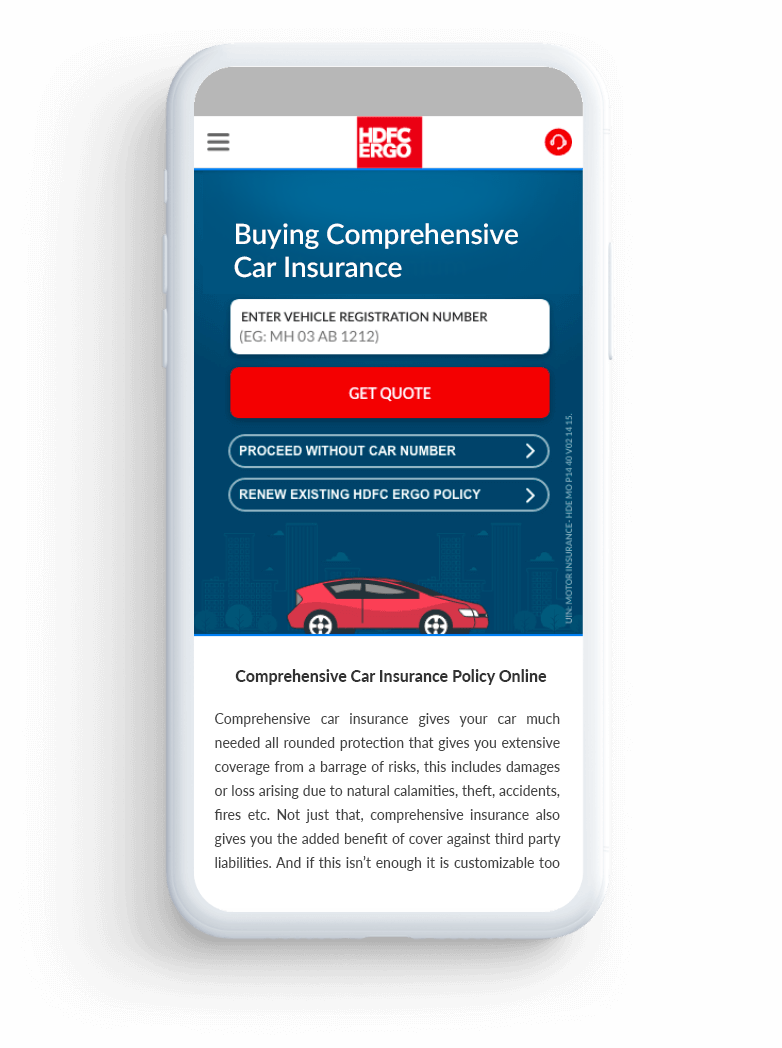
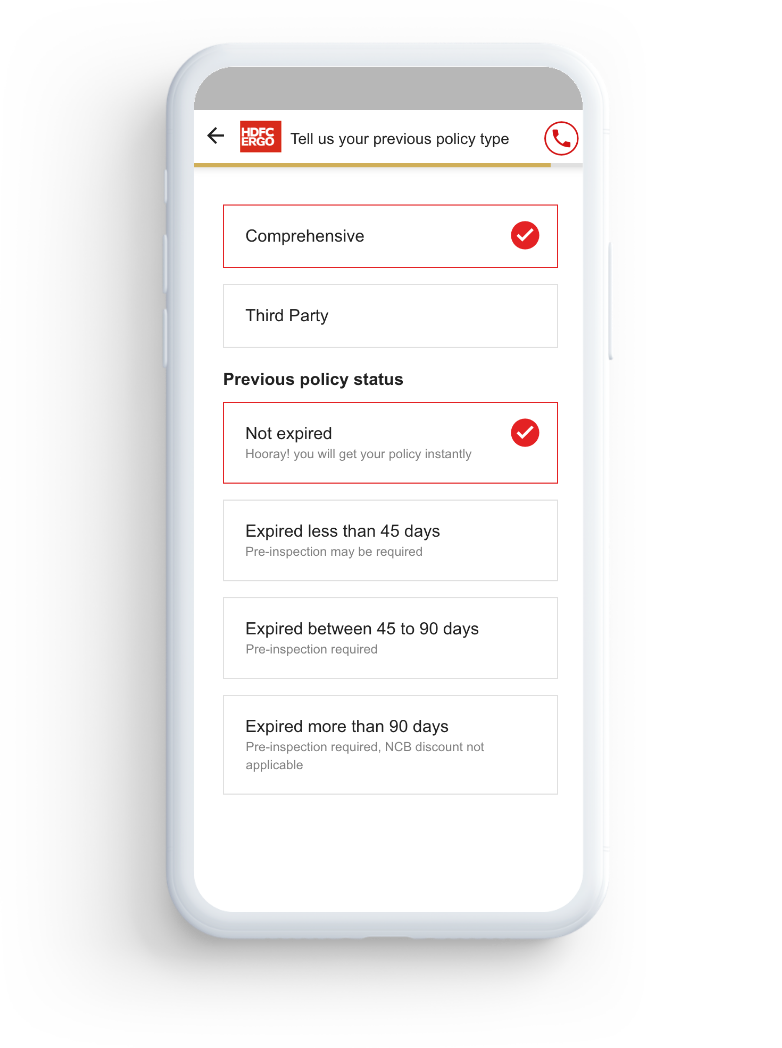
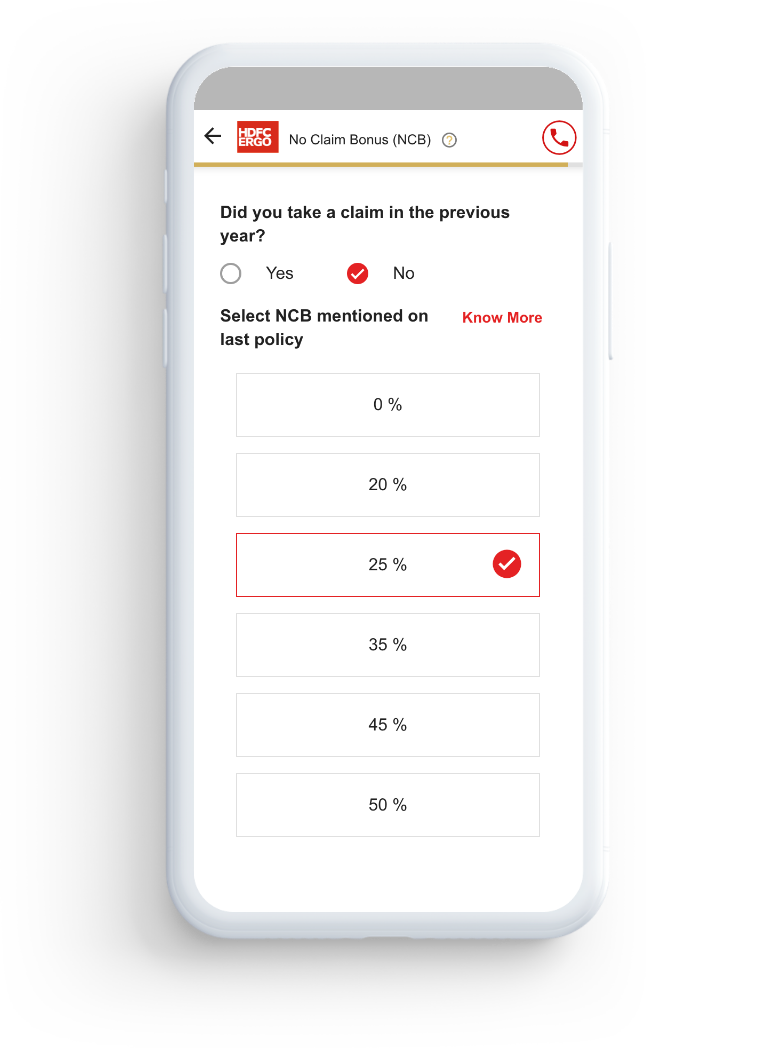
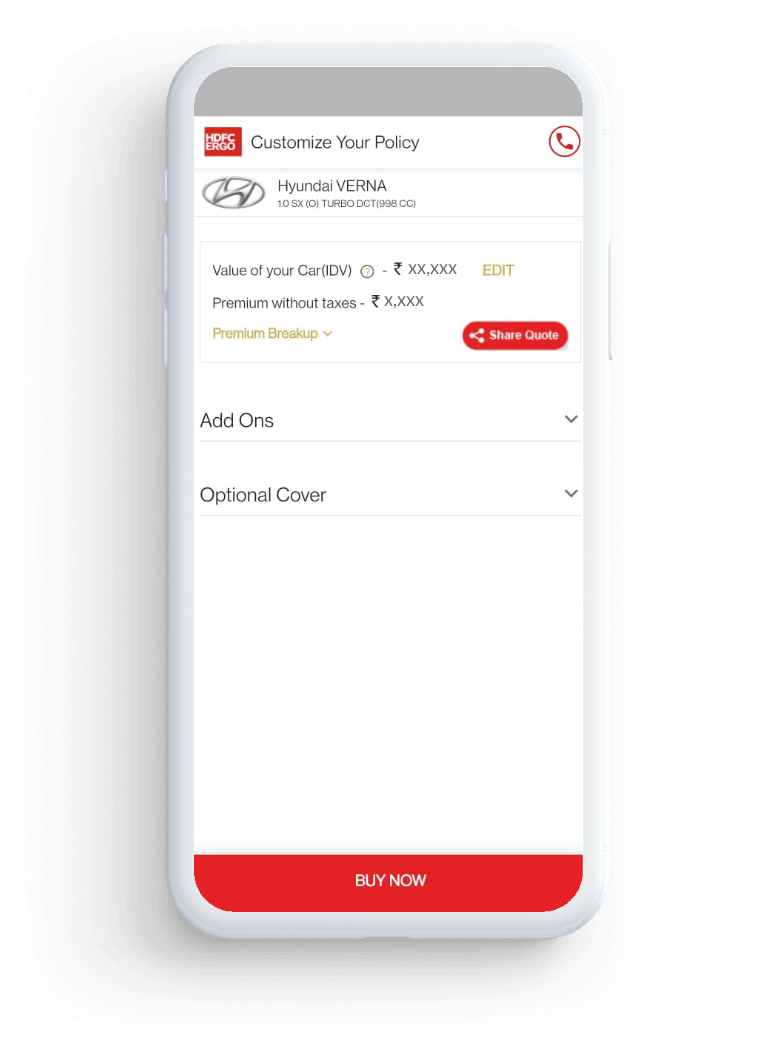









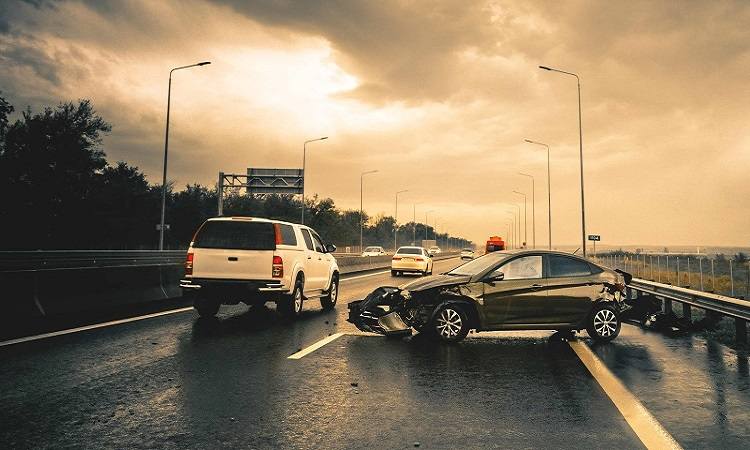
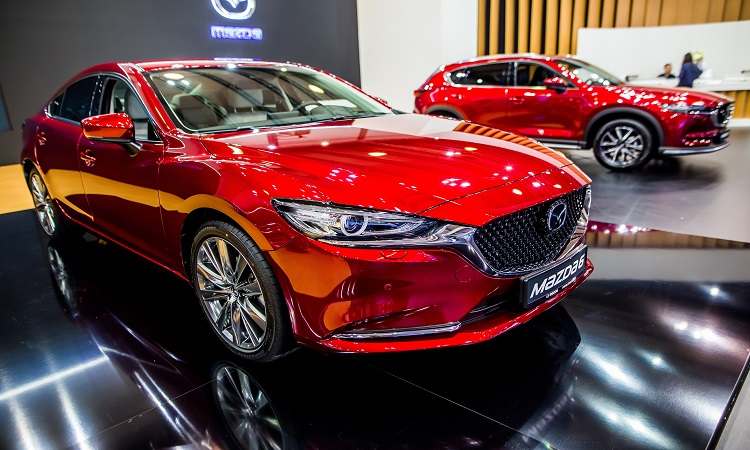
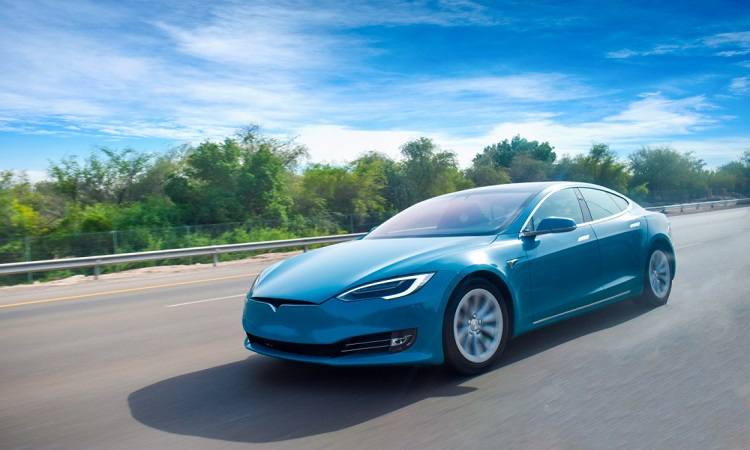

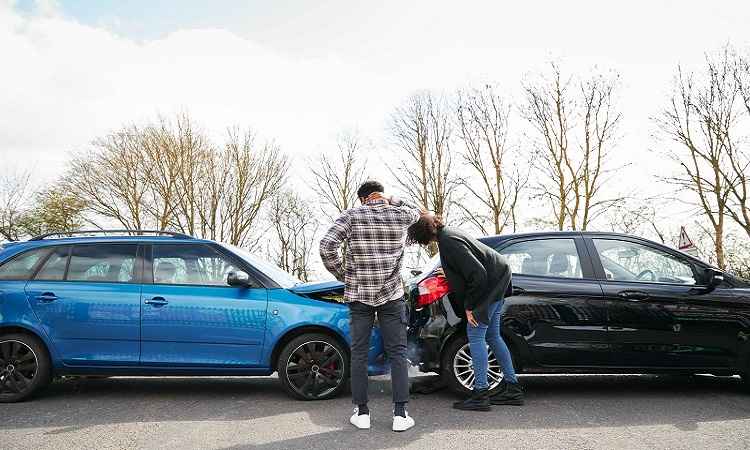




 Health Insurance
Health Insurance  Travel Insurance
Travel Insurance  Car Insurance
Car Insurance  Cyber Insurance
Cyber Insurance  Critical Illness Insurance
Critical Illness Insurance
 Pet Insurance
Pet Insurance
 Bike/Two Wheeler Insurance
Bike/Two Wheeler Insurance  Home Insurance
Home Insurance  Third Party Vehicle Ins.
Third Party Vehicle Ins.  Tractor Insurance
Tractor Insurance  Goods Carrying Vehicle Ins.
Goods Carrying Vehicle Ins.  Passenger Carrying Vehicle Ins.
Passenger Carrying Vehicle Ins.  Compulsory Personal Accident Insurance
Compulsory Personal Accident Insurance  Travel Insurance
Travel Insurance  Rural
Rural 










